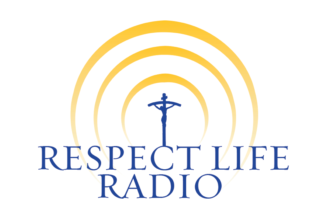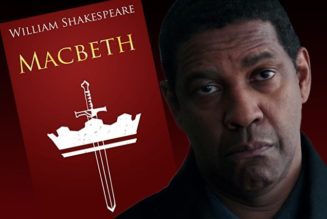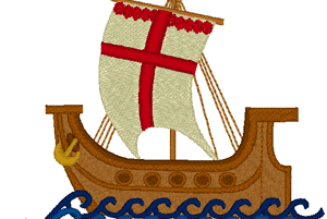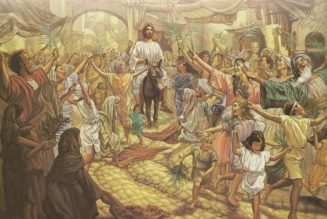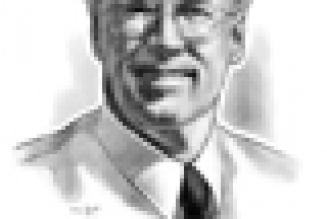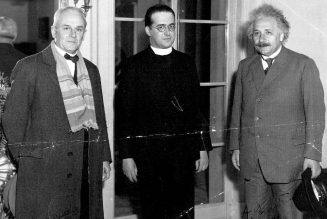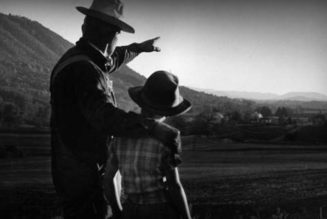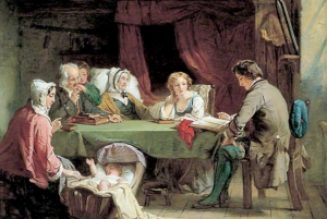
(REVIEW) Popes are in these days. Films about them are, anyway. The last few months have given us the fact-challenged Netflix movie The Two Popes and the sin-filled HBO series The New Pope. A new documentary, out this month, tries to come to terms with the cost of Pope Pius XII’s silence during World War II.
The film Holy Silence, which premiered on January 21 at the Miami Jewish Film Festival, comes less than two months before the scheduled release of the Vatican Apostolic Archives regarding the pontificate of Pius XII in an effort to provide historical context for 17 million pages that will be released. Pius XII was pope from 1939 to 1958, years that included World War II. The archive includes some 17 million pages of documents.
Before historians and the public can delve into the archive, the film effectively gives historical context to this era, which is back in the news cycle this week since Monday marked the 75th anniversary of the liberation of Auschwitz. The documentary looks at the papacy of Pius XI and his successor Pius XII and whether the actions of these men could have done anything to stop the deportation and murder of six million Jews.
The film serves as a wonderful primer before the public can learn more about the historical background to the events of that time, which included the Nazi takeover of much of Europe, the Holocaust and World War II. Pope Pius XII has been accused in the past of not doing all he could to stop Adolf Hitler and save Jews. It also takes an American approach to the events that transpired across the Atlantic Ocean, including efforts by Catholics in this country to sway the pope to act.
We learn from the film that Pius XI, who had a heart condition, had grown increasingly alarmed over the treatment of Jews in Germany. In an effort to address the situation, he went around Vatican Secretary of State, then-Cardinal Eugenio Pacelli (and future Pope Pius XII), and enlisted the help of Father John LaFarge, a Jesuit priest and associate editor of America magazine living in the United States, to draft an encyclical to declare that Jews were entitled to equal rights and protections as everyone else. LaFarge had done a lot of work helping and working with African-American families in the United States.
That draft of the LaFarge encyclical was never made public. Pius XI died in 1938 and Pacelli was made pope. Throw in some anti-Semitism in the Catholic hierarchy, Pacelli’s backdoor deal-making with Italy’s dictator Benito Mussolini and Hitler and you start getting evidence that this new pope could have done more. Pacelli chose to stay silent.
Nonetheless, much of what transpired — in regards to documents made available and witness recollection — remain largely a mystery and actions open to interpretation. Is Pius XII a saint or a sinner? Well, it’s complicated.
The film ultimately doesn’t say. What it does do is tell the story of what happened at the time, giving both sides of the argument equal say, and allows for the viewer to make up their own mind on whether the pope could have done or said more. The documentary refrains from calling Pius XII “Hitler’s pope” like so many others have done in the past.
